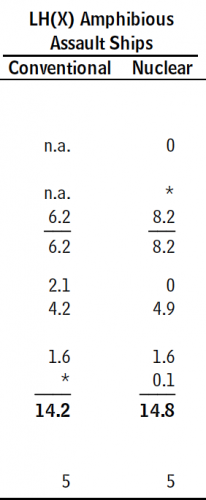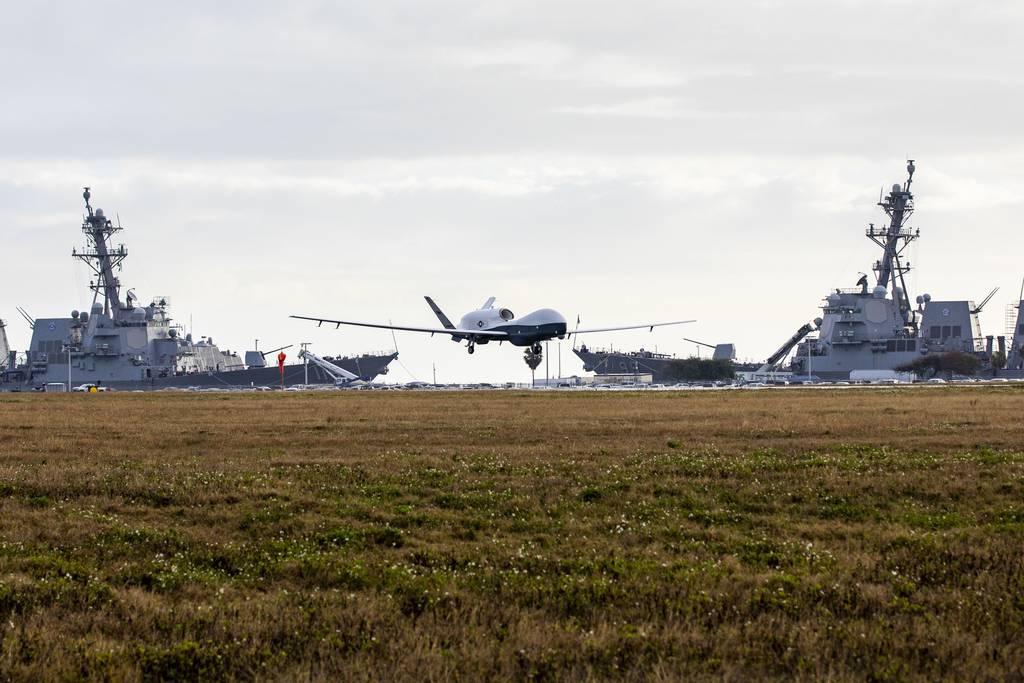NeilChapman
Interested 3rd party
- Joined
- 14 December 2015
- Messages
- 1,296
- Reaction score
- 513
The USN has been touting distributed lethality for the last couple of years. This thread is intended to discuss any thoughts on how the USN and their allies would advance that objective.
I'd like to start this off with one article discussing the possible resurrection of the "battleship".
http://nationalinterest.org/blog/the-buzz/the-us-navys-biggest-what-if-could-super-battleships-make-19147?page=show
Having read the article, it occurred to me that submarines are being designed to last 30-40 years, Aircraft Carriers 90 years. Laser systems have not matured to be effectively fielded but are moving forward.
Is there a case to be made to build ships that can be "block upgraded" as future laser-defended battlecruisers? For instance, would it make sense for the US to build nuclear powered cruisers (survivability level 3) fielding large numbers of VLS tubes to act as naval "missile trucks" in anticipation of laser defensive systems in future? Perhaps these ships could be built using traditional defensive systems today, but with the electrical power to field laser defenses when mature. I would anticipate these cruisers sailing with CBG's and ARG's.
My understanding is that current naval nuclear power plants cost ~USD200Million. In a USD3Billion ship, that doesn't seem to add a significant "up front" cost.
I'd like to start this off with one article discussing the possible resurrection of the "battleship".
http://nationalinterest.org/blog/the-buzz/the-us-navys-biggest-what-if-could-super-battleships-make-19147?page=show
Having read the article, it occurred to me that submarines are being designed to last 30-40 years, Aircraft Carriers 90 years. Laser systems have not matured to be effectively fielded but are moving forward.
Is there a case to be made to build ships that can be "block upgraded" as future laser-defended battlecruisers? For instance, would it make sense for the US to build nuclear powered cruisers (survivability level 3) fielding large numbers of VLS tubes to act as naval "missile trucks" in anticipation of laser defensive systems in future? Perhaps these ships could be built using traditional defensive systems today, but with the electrical power to field laser defenses when mature. I would anticipate these cruisers sailing with CBG's and ARG's.
My understanding is that current naval nuclear power plants cost ~USD200Million. In a USD3Billion ship, that doesn't seem to add a significant "up front" cost.








